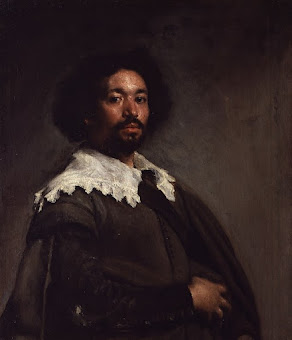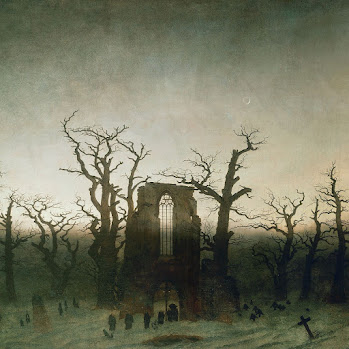Diego Velazquez, Portrait of Juan de Pareja, 1650
Art critic Peter Schjeldahl, for many years the New Yorker's top art writer, has died. He was a delightful writer and I always found it a pleasure to read his thoughts on art, even when I disagreed with him. Ever since I read Hot, Cold, Heavy, Light, a collection of 100 of his pieces from 1988 to 2018, I have been thinking about one thing he wrote. This is from a 1989 review of a Velazquez exhibition held at the Met:Diego Velazquez (1599-1660) was as good at oil painting as anyone has been at anything. When Edouard Manet, discovering him at the Prado in Madrid in 1865, said that he wondered why others, including himself, bothered, he expressed an enduring thought: painting has been done, and Velazquez did it. That was a watershed historical moment. Modern art was born when Manet saw Velazquez and despaired.
This is typical Schjeldahl, madly enthusiastic about anything he liked, and witty partly because of the oversimplification. But I think there is something to this. By 1865 railroads allowed European art lovers to travel the continent with ease, seeing all the major collections and gaining a greater knowledge of the whole artistic tradition than they could have had before.
Some were inspired by what they saw to keep working in a similar vein. But many artists, especially the most ambitious, looked at Velazquez, Caravaggio, and Rembrandt and thought, "what they did cannot be done any better." And since the old masters learned their craft by being apprenticed as children in workshops with decades of experience in this kind of work, it was unlikely that any modern painter could even reach their level.
Whether your taste is for portraits,
religious scenes,
history painting,
or complicated works full of symbol and allegory, nobody has ever done it better than the Baroque masters. If you did work like this, everyone would compare it to what has come before, and probably find it lacking.
If any painter of the nineteenth century wanted to become as famous as Velazquez, it would have to be by doing something completely different. One approach was to find new subject matter; landscape, for example.
Or, develop a completely new way of painting; hence, Impressionism.
We moderns have an unquenchable thirst for novelty. Modern art has been driven for 150 years now by the need to be new. Some people hate this, and most seem to be pretty much indifferent. But to those who wish we still made art (and architecture) like we used to, Manet would have answered: but that already exists. If that is what you love, go see it. I am not stopping you. I see no point doing over again what has already attained perfection.

.jpg)



.jpg)






4 comments:
I see no reason why literature should continue. Shakespeare is good enough. I see no point doing over again what has already attained perfection.
But that isn't the point at all; the point would be that moderns shouldn't try to write plays like Shakespeare's. Which I think is true.
I don't think they should write drama of any kind. I see no point doing over again what has already attained perfection.
A very strange post all around. He seems to think that "landscapes" were a new thing in the 19th century? Very odd.
Post a Comment